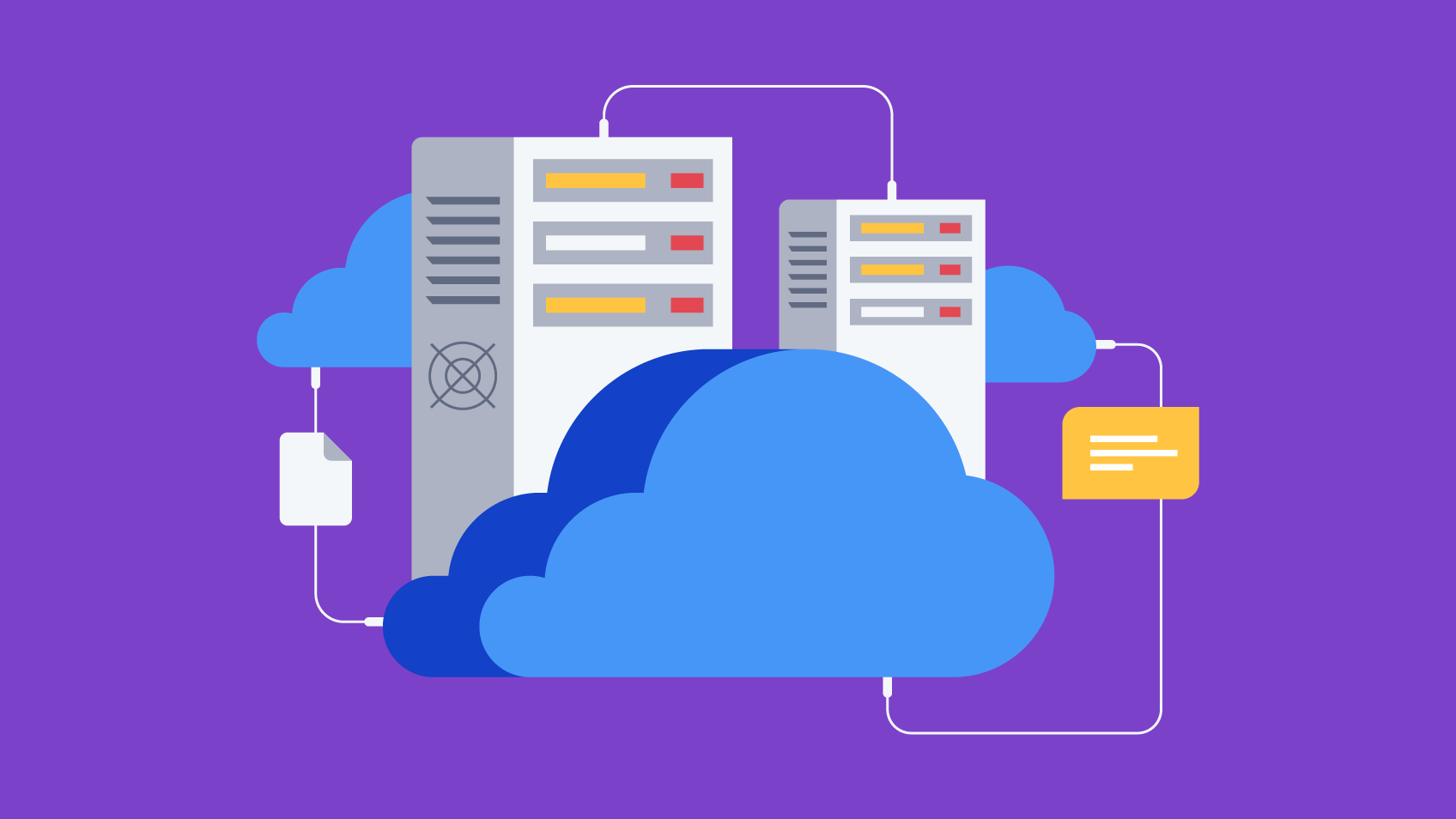5-SECOND SUMMARY
- 68% of consumers are interested in green financial products;
- 63% of consumers want their bank to help them offset their carbon footprint;
- Banks should continue to invest in their sustainability journey by offering green financial products to their clients;
- The urge for sustainable banking: customers will reward banks that take leadership stances on climate issues.
We’re at a certain point in time where we can no longer ignore the stark reality of climate change or why we need to act now. According to the latest report from IPCC, “scientists are observing changes in the Earth’s climate in every region and across the whole climate system”. The report states that temperatures are rising, and that’s because of the growing emissions of greenhouse gases that result from human activities. These activities, the report shows, “are responsible for approximately 1.1ºC of warming since 1850-1900” and that in the next 20 years, “global temperature is expected to reach or exceed 1.5ºC of warming”. A rise of 1.5ºC in temperature might not seem like much, but it can be catastrophic for our planet and our natural resources, such as, for example, coral reefs which are responsible for maintaining the good health of our oceans and the many different species that call the oceans their homes.

Not all is bad news, though. It appears that climate change is finally becoming a priority for governments and businesses around the world, or at the very least, there’s been a growing pressure from society to address this issue. Some countries and organisations have already pledged to become carbon neutral by 2050. This commitment sends a strong message to the rest of the world: there’s an urgency to act now. As Bill Gates affirms in his book How to Avoid a Climate Disaster, we don’t yet have all the tools we need. Still, we already have some tools available that we can use to reduce emissions and start on the path to carbon neutrality. Technology is central to make banking more sustainable. All sectors, industries and, well, every citizen has a part to play. That also includes the banking industry and different financial institutions. So, how can technology help banks become sustainable?
Sustainable Banking: technology as a driver of change
Financial institutions are embedded in the lives of people all over the world. We all need them to survive in the modern economy, and banks are an essential part of the economic fabric of our societies. Banks have a direct impact on the lives of different communities. They have the responsibility to be a driving force for positive change in the regions they operate in. We’ve seen banks step up to this responsibility in the wake of the COVID-19 pandemic crisis with the mortgage relief and other resources, and, therefore, they should strive to be a force of change in the climate crisis we’re now facing. The pressure for banks to act is coming from many different stakeholders such as regulators, employees and even customers. As the general public becomes even more aware of the urgency to deal with the climate crisis, they feel empowered to change their behaviours and start expecting that same change from the different companies they do business with. Technology and digital tools can, in this sense, become real drivers of change in two ways: by helping organisations reduce their emissions and achieve carbon neutrality and by integrating digital tools for consumers to make an individual contribution for the same goal.
According to Meniga’s European Carbon Survey 2021, 68% of consumers are interested in green financial products, while 63% want their bank to help them offset their carbon footprint. Consumer demand for alternative services and products is increasing, and consumers are keen on being part of the change. Banks, then, are in a privileged position to offer consumers the tools they need to take part in the environmental challenges we now face. How? On the one hand, by helping consumers become aware of the impact their purchases have on the environment and, on the other, by giving them the necessary digital tools to reduce said impact. There are already several offerings in the market that let banks address the growing needs of consumers in this regard, both to increase awareness and help consumers take action. A carbon footprint calculator, for instance, helps consumers understand how their daily activities and different purchases impact the environment. The carbon footprint estimates the total emissions of greenhouse gases resultant of the products we purchase or the daily decisions we make (our transportation mode, the food we buy, the travels we do, etc.).

By integrating such a tool on their digital banking journeys, banks will not only be able to help consumers understand how much of an impact they have on the total number of emissions of greenhouse gases, but also offer them alternatives so they can reduce said impact and make the transition from being aware of the problem to becoming part of the solution. That can be achieved by offering green financial products (such as green car loans, green savings, paperless statements, etc.), setting up offsetting schemes or offer a clear incentive to drive behavioural change — banks such as Barclays and Swedbank already offering green loan options. Commerzbank launched a mountain forest project: they plant one square meter of forest in Germany for every switch to paperless statements. Nordea gives consumers the chance to track their CO2 impact with a carbon footprint calculator on their mobile app.
On the other hand, organisations also have a part to play: several major companies such as Microsoft, Coca- Cola, Unilever, Best Buy, Siemens, and numerous cloud providers, to give some examples, have pledged to achieve carbon neutrality by 2030- 2040. Technologies such as the cloud are instrumental for companies to go green. According to Accenture, migrating to the public cloud “can achieve significant carbon reduction in the form of a 5.9% decrease in total IT emissions”. There are already various tools that can help organisations understand and reduce their environmental impact, such as Microsoft’s Sustainability Calculator. With tools such as these, organisations can achieve climate-related goals, reduce carbon footprint, and increase emissions transparency.
There’s an increasing effort on the part of banks to seek sustainability and to include environmental, social and governance (ESG) criteria in their business decisions. Banks should continue to invest in their sustainability journey by defining clear and transparent strategies and seeking a competitive edge with innovative services and products that result in the widespread adoption of these alternatives across different customer segments and other industries. Banks should take a stand on the climate crisis and be ready to become leaders in driving this movement forward. Ultimately, customers will reward banks that take that leadership stance on climate issues.
Reach out to us and explore how you can use technology to unlock your carbon zero future and take the lead on becoming a sustainable bank.
Let’s build the future of sustainable banking together?

Partner and DX & UX Lead – Xpand IT














